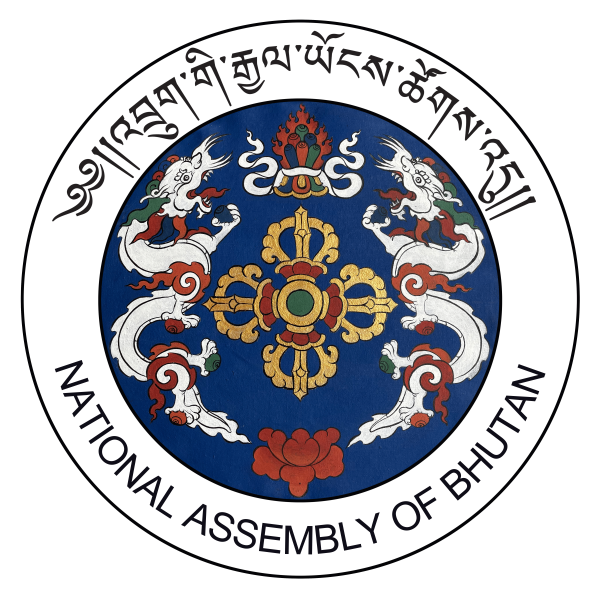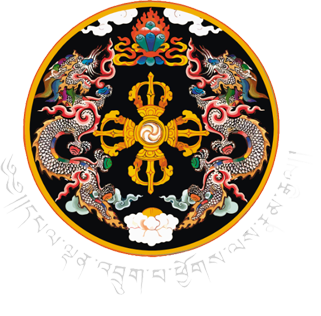History
The beginnings of Bhutan’s Parliament go back to 1953 when Druk Gyalpo Jigme Dorji Wangchuck, established
the National Assembly (tshogdu) as a forum to debate issues affecting the people, discuss development plans
and record national revenues and expenditures.
The institution, which allowed people to take part in the decision-making process, started with 36 members -
five representatives from the dratshang (Monastic Body), 16 nominated government officials and 15
representatives of the people. Paro Dzongtsab, Dasho Kesang Dawa, was the first Speaker.
Subsequent sessions were held in Thimphu Tashichho Dzong (2nd-13th), in Paro Rinpung Dzong (14th-28th), and
then again in Tashichho Dzong (29th-73rd). Since 1993, the National Assembly sessions have been held in the
present Parliament building (Gyalyong Tshogkhang).
In 1965, a six member Lodroe Tshogde or the Royal Advisory Council was formally constituted to advise the Druk Gyalpo and the Council of Ministers. The advisory body, also members of the Tshogde, supervised implementation of the policies and programmes passed by the National Assembly. Then in 1968, the Druk Gyalpoac conceded his right to veto any decisions of the Assembly ensuring the legislative supremacy of the institution. During the reign of the Fourth Druk Gyalpo, Jigme Singye Wangchuck, democratic decision making was further devolved to the grassroots with the creation of the Dzongkhag Yargay Tshogdu (DYT) in 1981 and the Gewog Yargay Tshogchung (GYT) in 1991.
In 1998, all executive powers were devolved to a council of ministers elected by the National Assembly for a five-year term. Since then, the Druk Gyalpo has no longer been the head of government.The Assembly was also empowered to develop a mechanism for registering a vote of confidence in the Druk Gyalpo. In 2001, the Fourth Druk Gyalpo commanded the drafting of a constitution, and the first draft was released in 2005. The unicameral (single chamber) National Assembly was dissolved in 2007 with the introduction of parliamentary democracy the following year when Bhutan elected its first bicameral Parliament consisting of the National Council and National Assembly.



